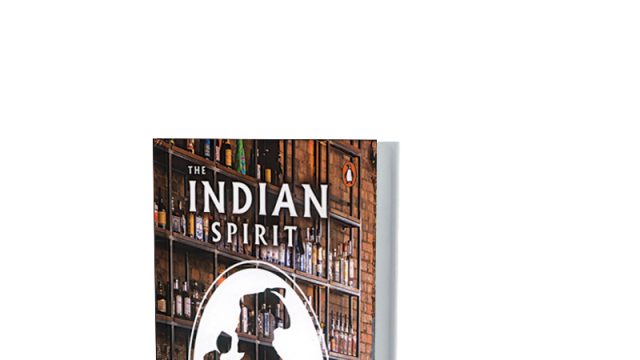Some years ago, when Hindustan Times started publishing Brunch, the editor called me and asked if I would write a column on alcoholic drinks for them. I readily agreed.
The deal was that I would restrict myself to the spirits, the hard stuff, while someone else would write on wine. That someone turned out to be Magandeep Singh. I guess the two of us were selected to be sidekicks to Vir Sanghvi, who was already on board as their food critic.
Magandeep and I paired off perfectly. He is awesome when it comes to knowledge on wine, while gin is like mother’s milk to me. Our columns were hugely successful, but after some months, Magandeep ran out of ideas and gave up. The range of wines available in the Indian market at that time was limited and much of it was quite undrinkable. He probably saw no point in writing on wines that were beyond the readers’ reach. I continued bravely with my column a bit longer since there was no shortage in the country of all kinds of whisky, gin, rum and other gifts of God to humankind.
Magandeep is a certified sommelier and probably knows more about wine than anyone else in the country. He found his calling while in France and is now a wine consultant with a number of our upscale hotels and restaurants.
From wine, he has now jumped over to my side of the fence and produced a fine book on spirits. In case you don’t know, spirits are alcoholic beverages that have been distilled, distinct from beer that is produced through brewing and wine which results from fermentation. Spirits—whisky, vodka and all—are about 40 per cent alcohol, the rest in the bottle is water. Pure alcohol is undrinkable. Beer and wine contain much less alcohol, about five per cent in beer and 12 per cent in wine.
The Indian Spirit tells you everything you need to know about spirits except how to distil them at home. That, by the way, is illegal and will land you in jail. Magandeep avoids providing recipes for cocktails and that comes as a relief to me since that is my field of expertise. He has done painstaking research on the history of alcohol in India dating back to Vedic times. For centuries, we have produced fermented drinks from rice and wheat. In fact, we were among the first people to learn the science of distillation. The Rig Veda (1700 BC) mentions some intoxicants like soma and prahamana.
But it was with the arrival of the Europeans on our shores that we took to social drinking, not just to get drunk. Whisky, gin, vodka, rum and brandy are all foreign inventions that we have started distilling ourselves. I am sorry to say that most of the local stuff is fake, with the exception of our rum. Genuine whisky, for instance, is distilled from barley or wheat. Our distillers make it from alcohol extracted from molasses, a by-product in the manufacture of sugar, and then add colour and flavouring to it to make it taste almost like whisky.
This informative book takes us through various spirits, brand by brand. You learn the difference between single malts and blended whiskies, between white and dark rums. As an added bonus, Magandeep explains the difference between various wines, their drinking etiquette and how to order them from the menu in restaurants.
It’s a handy book to have for reference if you like a drink or two in the evening and are curious about what’s in your glass.




